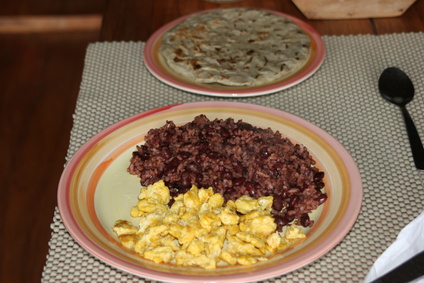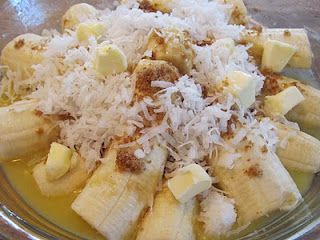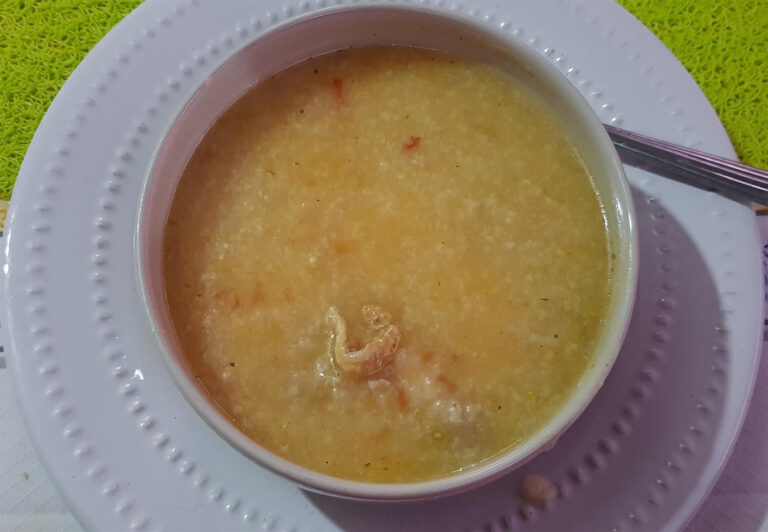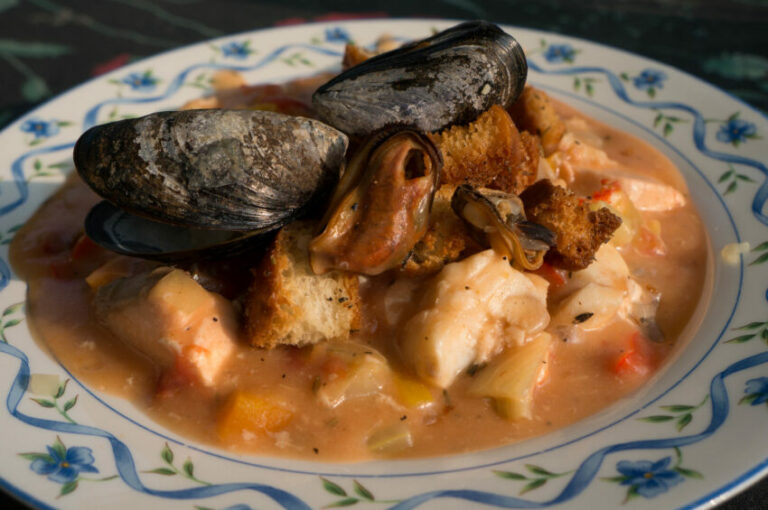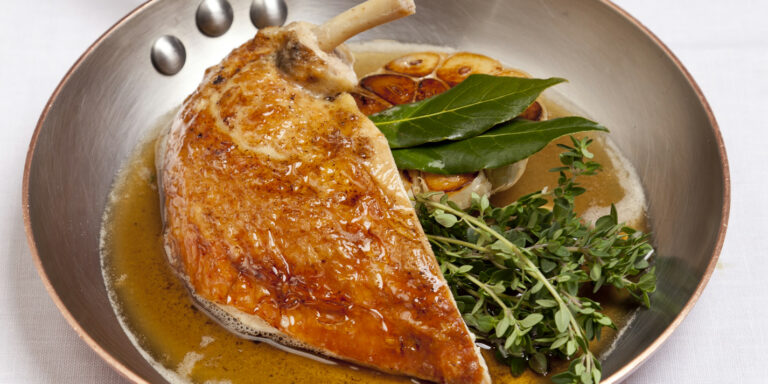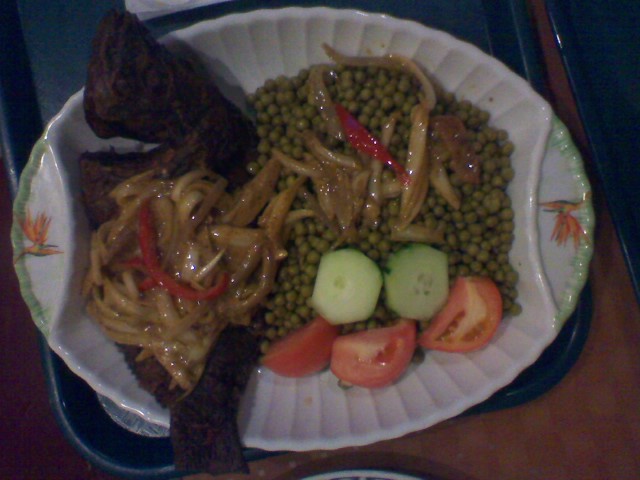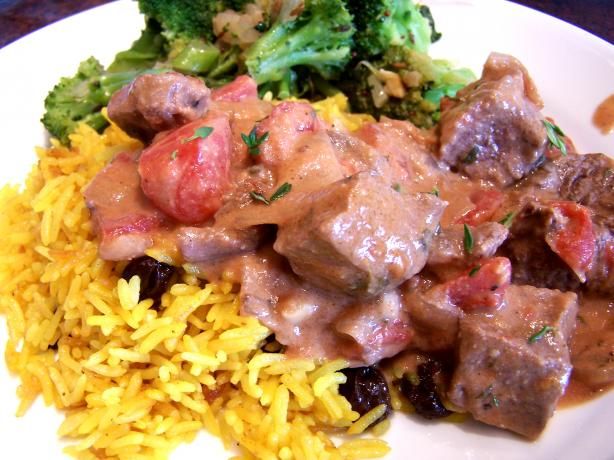Introduction: The cuisine of Guinea
Guinea is a West African country situated on the Atlantic coast, and its cuisine is a melting pot of African and European influences. Guinean cuisine is characterized by its use of starchy vegetables, spices, herbs, and a variety of meats and seafood. Rice is a staple food, and it is often accompanied by a richly flavored sauce made with tomatoes, onions, peppers, and a range of herbs.
The importance of seafood in Guinea
Seafood is a prominent part of Guinean cuisine, and it is an important source of protein for many Guineans. The country’s location on the Atlantic coast allows for easy access to a wide variety of fresh seafood, including fish, crabs, lobsters, and shrimp. Seafood is also an important part of the country’s economy, with many people depending on fishing and related activities for their livelihoods.
Common seafood dishes in Guinean cuisine
Some of the most popular seafood dishes in Guinea include grilled or fried fish, fish stew, crab soup, and shrimp kebabs. These dishes are often served with rice or cassava. One of the most beloved Guinean seafood dishes is akara, which is a fritter made with black-eyed peas and served with a spicy sauce. Another popular dish is ‘riz gras’, which is a rice dish cooked with seafood and vegetables.
Influences on Guinean seafood cuisine
Guinean seafood cuisine has been influenced by a range of cultures, including French, Portuguese, and West African. The French and Portuguese have had a significant impact on the cuisine, introducing new ingredients and cooking techniques. West African cuisine has also influenced Guinean seafood dishes, particularly in the use of spices and herbs.
Challenges facing the seafood industry in Guinea
Despite its potential, the seafood industry in Guinea is facing several challenges. Overfishing, pollution, and the effects of climate change are all threatening the country’s marine resources. Additionally, inadequate infrastructure and lack of investment mean that many fishing communities struggle to make a living.
Conclusion: The future of seafood in Guinean cuisine
The future of seafood in Guinean cuisine depends on the country’s ability to address these challenges. Sustainable fishing practices, investment in infrastructure, and effective environmental management are all necessary to ensure the long-term viability of the seafood industry. If these measures are taken, the rich flavors and traditions of Guinean seafood cuisine can continue to be enjoyed by generations to come.

